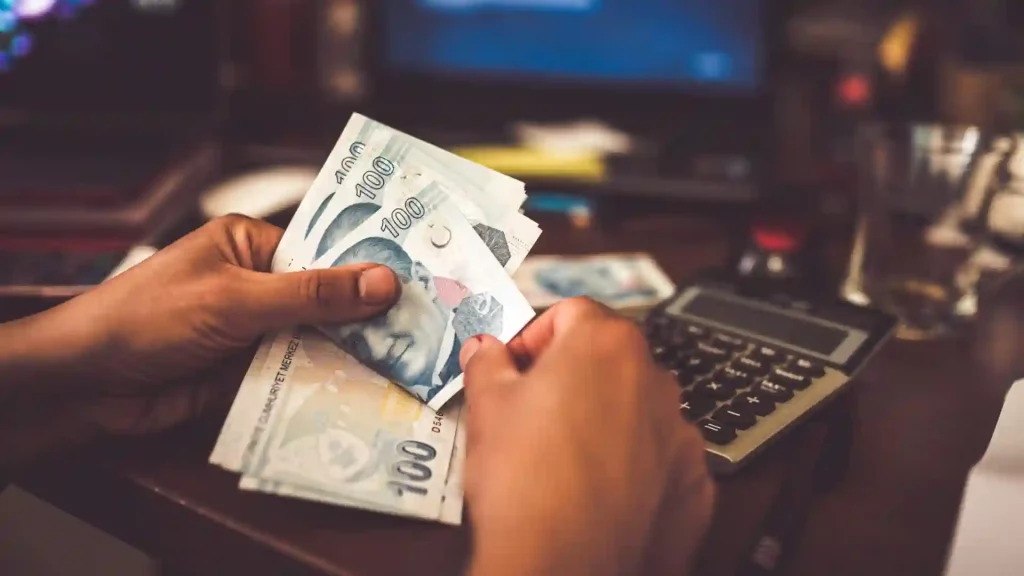After being constantly pressed by Turkish President Resep Tayyip Erdogan, the benchmark rate was cut by the Central Bank despite soaring inflationary conditions in the country.
The Central Bank of the Republic of Turkey (CBRT) has decided to cease the monetary easing cycle by cutting their interest rates by 150 basis points, bringing the rate down to 9% on Thursday. After being constantly pressed by Turkish President Resep Tayyip Erdogan, the benchmark rate was cut by the Central Bank despite soaring inflationary conditions in the country. The key rate has been lowered for the fourth consecutive month despite inflation accelerating to 85.5% (seventh highest in the world) and food and energy prices soaring.
The benchmark rate has been slouched by a total of 5 percentage points since August, bringing it down from 10.5% to 9% on Thursday. The Turkish president has described himself as an ‘enemy of interest,’ expressing his belief that high-interest rates push inflation more rather than slowing it down, a view highly contradictory to mainstream economic theories. He pressured the bank to loosen up the monetary policy so as to boost the economy ahead of the impending elections in 2023. The Monetary Policy Committee has communicated the end of the rate-cut cycle that commenced in August.
Central banks all around the globe have gone on a rate hiking spree to tame the roaring inflation on the grounds of a massive rise in energy prices following Russia’s invasion of Ukraine and disruptions in global supply chains, an after-effect of the Covid-19 pandemic. The Erdogan government insists that raising rates would harm the economy of the country and apparently has caused a devaluation of the Lira currency significantly. Lira has lost about 43% of its value against the dollar in one year but has steadied in the past few months following a set of interventions made by the central bank and policies undertaken by the government. The financial markets and public reaction to the rate cuts have been pretty muted compared to last year when the lira went downhill. In Thursday’s trading, the lira held steady against the dollar.
The Turkey government had formulated policies to cushion further debacle in the currency this year by spending more than $60 billion in foreign currencies to defend the lira. A special savings program was also curated to encourage citizens to keep their money in the lira. The government also implemented a rule that required exporters to sell 40% of their foreign currency revenue to the CBRT. To prevent further damage to the economy and the lira, the government is encouraging targeted lending, thereby allocating cheaper capital to exporters and investment firms.
Several entities in the banking system of Turkey are yet to pass on the lower interest rates to customers playing their role in taming inflation. Experts believe that the government might not be thinking about inflation at all at this point.
Turkey has also increased the minimum requirement of bank holdings of government bonds, encouraging them to take on more risks acquainted with inflation.
The central bank said that the negative consequences of supply constraints have gone up in certain sectors, mainly the food sector, due to the strategic solutions of the government and the surge in producer and consumer prices that remain moving up the international scale. Central banks in advanced economies believe that the inflationary rise may exist for a longer time than anticipated due to massive demand-supply imbalances and rigidities in labor markets.
The bank mentions that stability in prices will lead to financial and economic stability as the risk premium will fall and currency substitution will stabilize, fostering an upward trend in forex reserves and laying a foundation for a sustainable boost of investments, employment, and production.
A review of the policy framework is underway at the CBRT with a focus on the ‘liberalization’ of the financial system, and the bank aims to use any resource and instrument available within the framework of this strategy until there are strong indicators suggesting that there has been a permanent fall in inflation and a medium-term 5% target has been attained.
